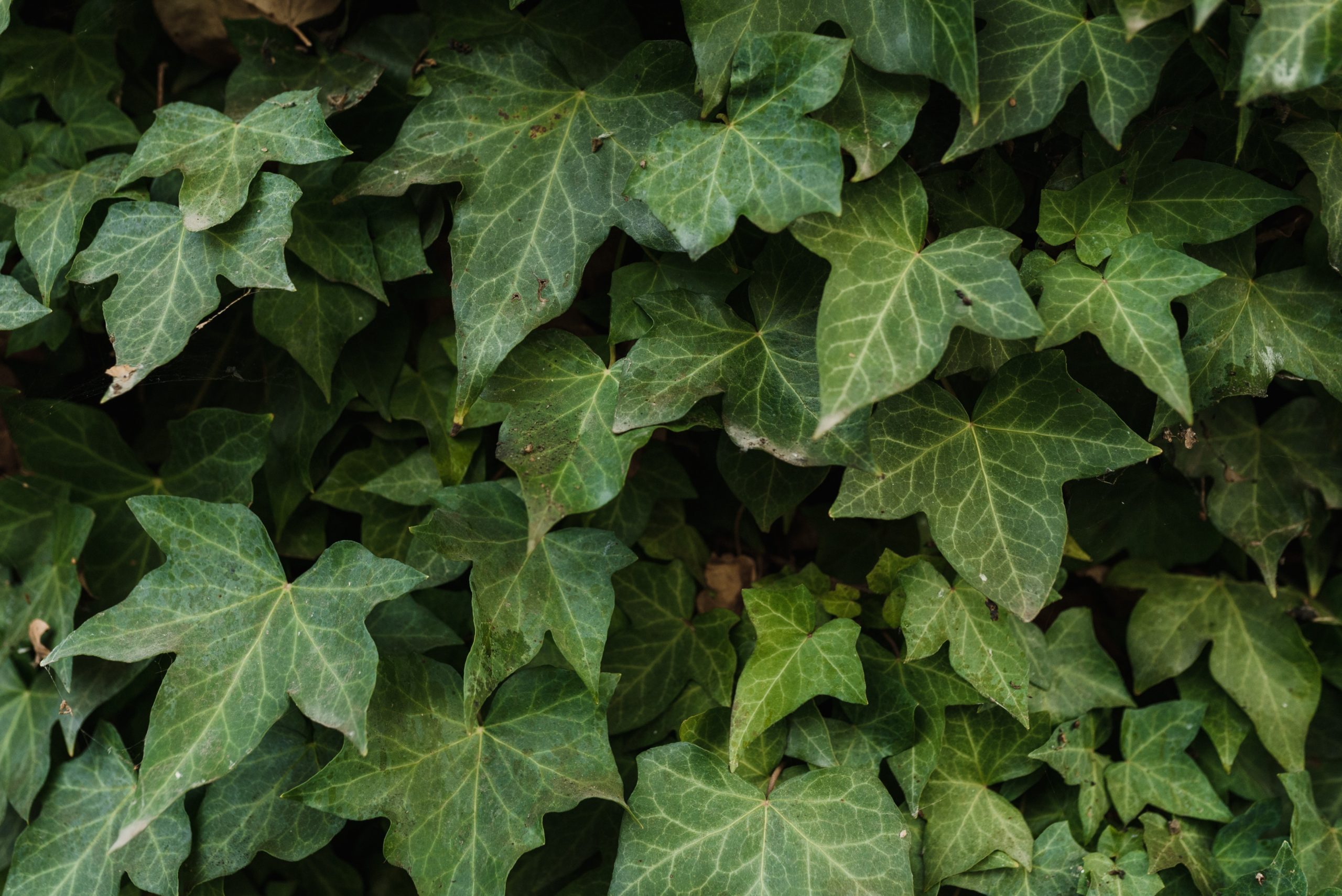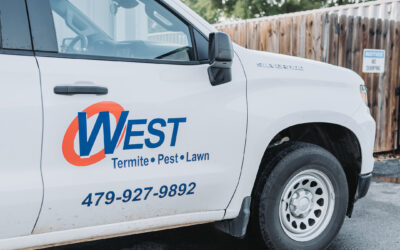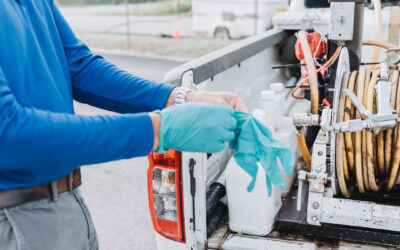
If your plants’ leaves have holes, then one of these pests may be responsible
Maintaining a garden, whether it is full of flowers, vegetables, or just a hedge around your property, can be a rewarding and relaxing hobby. But finding holes in your plants’ leaves can be an unexpected and unwelcome surprise. If your plants’ leaves have holes, then any number of pests may be responsible.
You’ll need to examine your plants carefully–hopefully, the damage done will help you determine which pests are responsible, so that you can implement the right pest control strategies to deal with the specific pests that are causing problems.
These are some of the pests that may be responsible, plus the kind of damage they typically can do to plants (and the sorts of plants they often prefer):
Aphids
Aphids are a sap-sucking pest that can cause tiny holes in the leaves of plants. These tiny insects are less than a quarter inch long (even as adults) and are nearly invisible to people. They can also attract ants. Aphids come in many different colors and can have waxy or wooly coatings. In addition to putting tiny holes in plants’ leaves, they can also cause plants to be covered with a sticky, sugary substance called “honeydew” which aphids emit when they have been sucking sap.
Slugs & Snails
Slugs and snails both can cause irregular, large holes toward the center of leaves. The edges of the holes are usually smooth, and you can often see the shiny trails of the snail’s or slug’s mucus that shows where the pest has traveled. You’ll be most likely to catch these kinds of pests in action at night, as they are nocturnal creatures who typically feed after dark. These particular pests are fond of hostas, hibiscus, basil, tomatoes, peppers, cabbage, lettuce, and cucumber plants.
Caterpillars
Caterpillars such as tomato hornworms can demolish all sorts of plants, such as peppers, broccoli, cabbage, hydrangeas, and roses, as well as the tomatoes they’re known for destroying. You’ll be able to tell the difference from the large holes that slugs/snails can eat in leaves because caterpillars, who also eat large holes in leaves, typically start eating at the edge of the leaf while slugs and snails tend to eat holes in the middle of leaves. Also, instead of leaving trails of slime behind them, caterpillars will leave dark droppings where they have been feeding. Caterpillars tend to hide underneath a leaf when they aren’t busy eating it.
Japanese Beetles
Japanese beetles cause very unique, easy to distinguish damage to leaves. Not only do they eat holes in the leaf, but they actually leave only a skeleton of the leaf’s fibrous connective structures behind. This makes the leaf look like fine lace when they’re finished with it. Of course, it takes time for this kind of damage to build up, so at first, the holes that Japanese beetles eat in leaves look similar to those caused by other insects. But in a fairly short period of time, it will become obvious that Japanese beetles have wreaked havoc on your plants.
While dealing with holes in your plants’ leaves can be frustrating, West Termite, Pest & Lawn is here to help. Our experienced exterminators have helped many gardeners with similar problems and would be happy to help diagnose which pests are causing trouble for your plants. Call us today to schedule a consultation!
More posts from West Termite, Pest & Lawn
Spring Pest Prevention: 5 Essential Steps for Arkansas Homeowners
Spring pest prevention is crucial for Arkansas homeowners as warmer temperatures and increased humidity mark the beginning of pest season. From ants to termites and mosquitoes to spiders, spring is when pests become most active. The best way to stay ahead is by...
How to Protect Your Arkansas Home from Termites This Spring
Termites are one of the most destructive pests in Arkansas, and spring is their peak season. If you’re a homeowner, now is the time to take action before termites cause irreversible damage to your property. In this blog, we’ll show you how to protect your Arkansas...
Top 5 Spring Pests in Arkansas and How to Keep Them Out
Looking to protect your home this spring? Pest season in Arkansas starts as early as March, and if you’re not prepared, you could find yourself sharing your space with ants, termites, mosquitoes, spiders, or wasps. In this guide, we will cover the top five spring...



